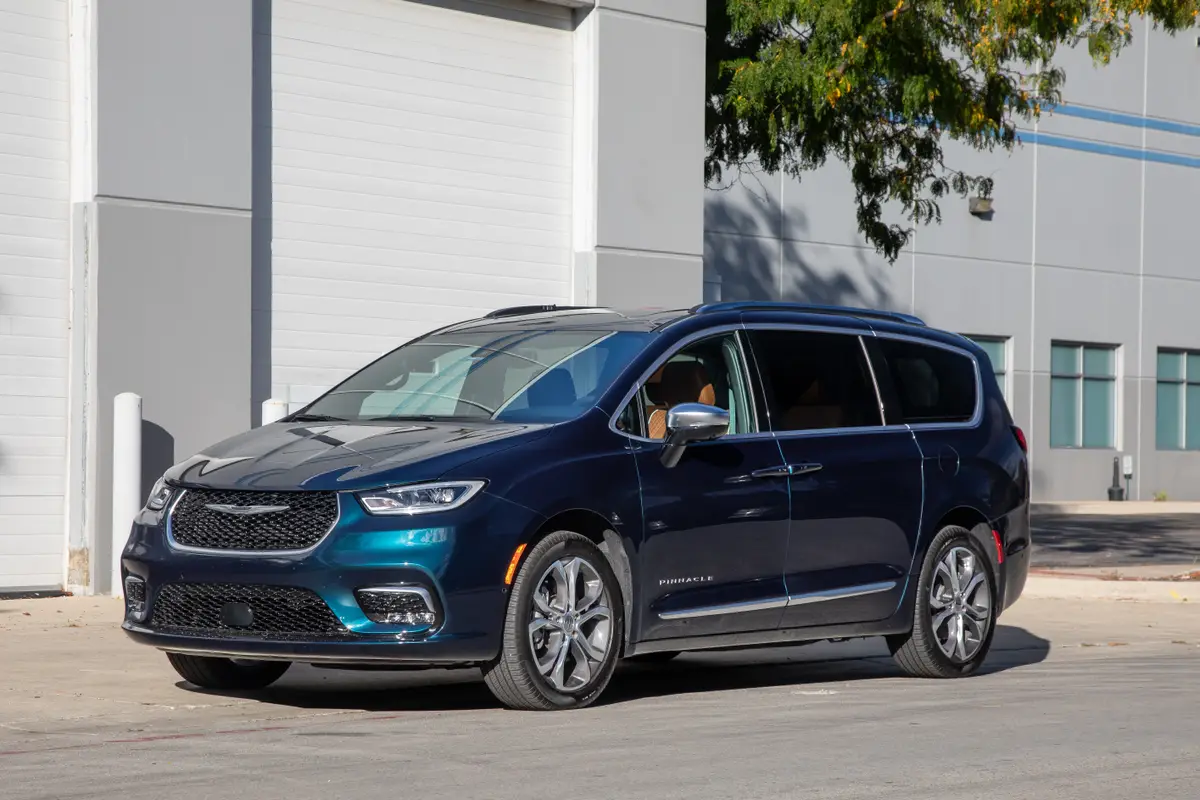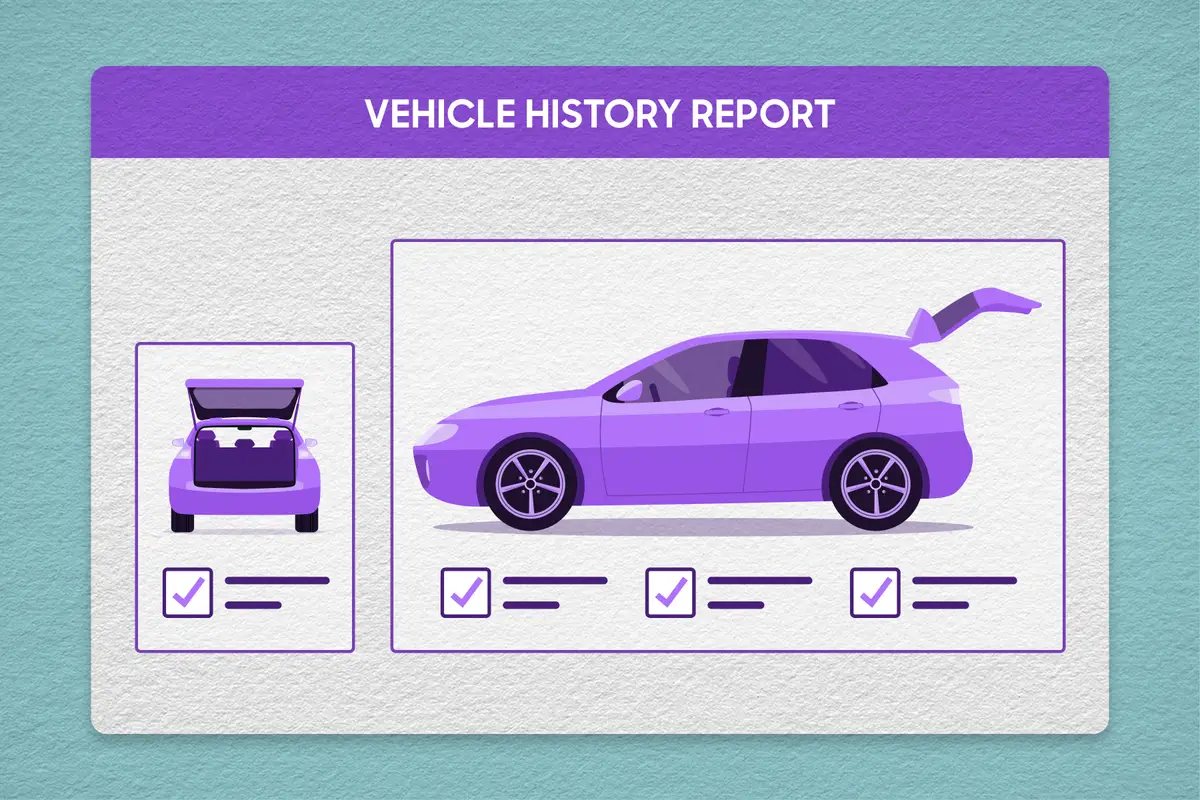Up Close With the Fisker Ocean: Making Funky Waves


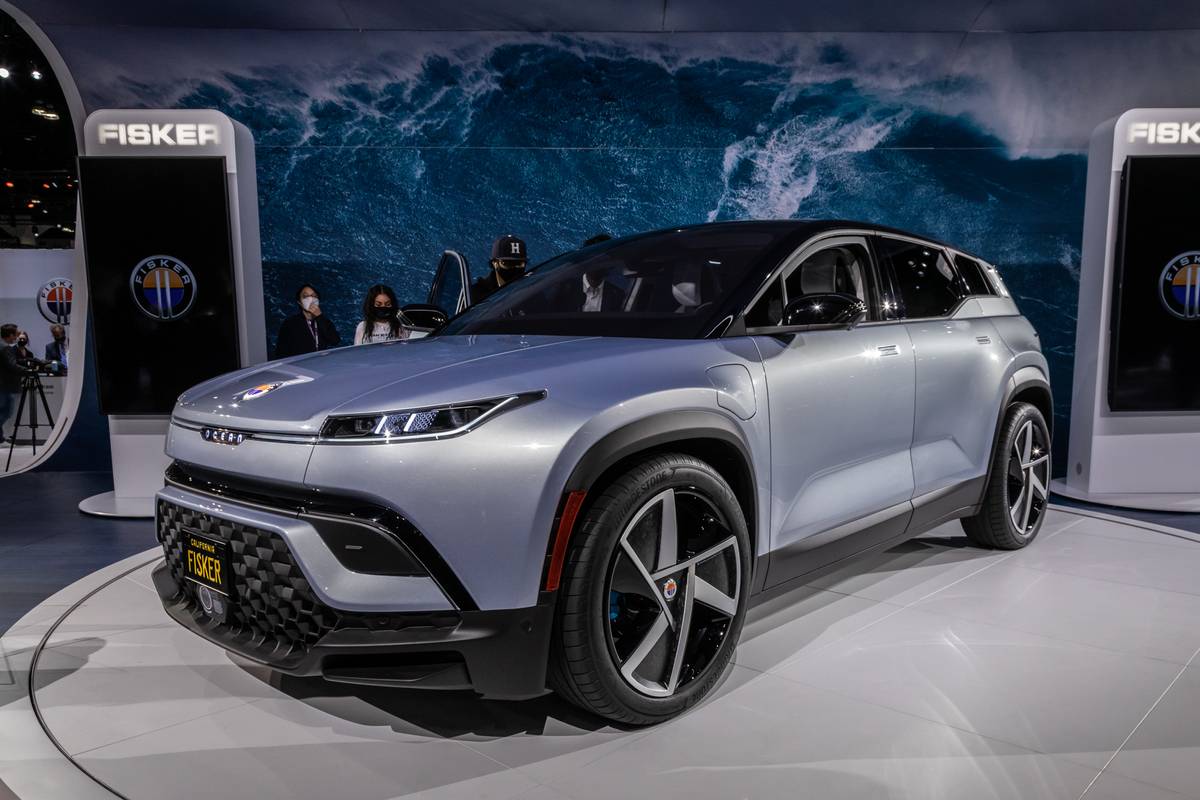



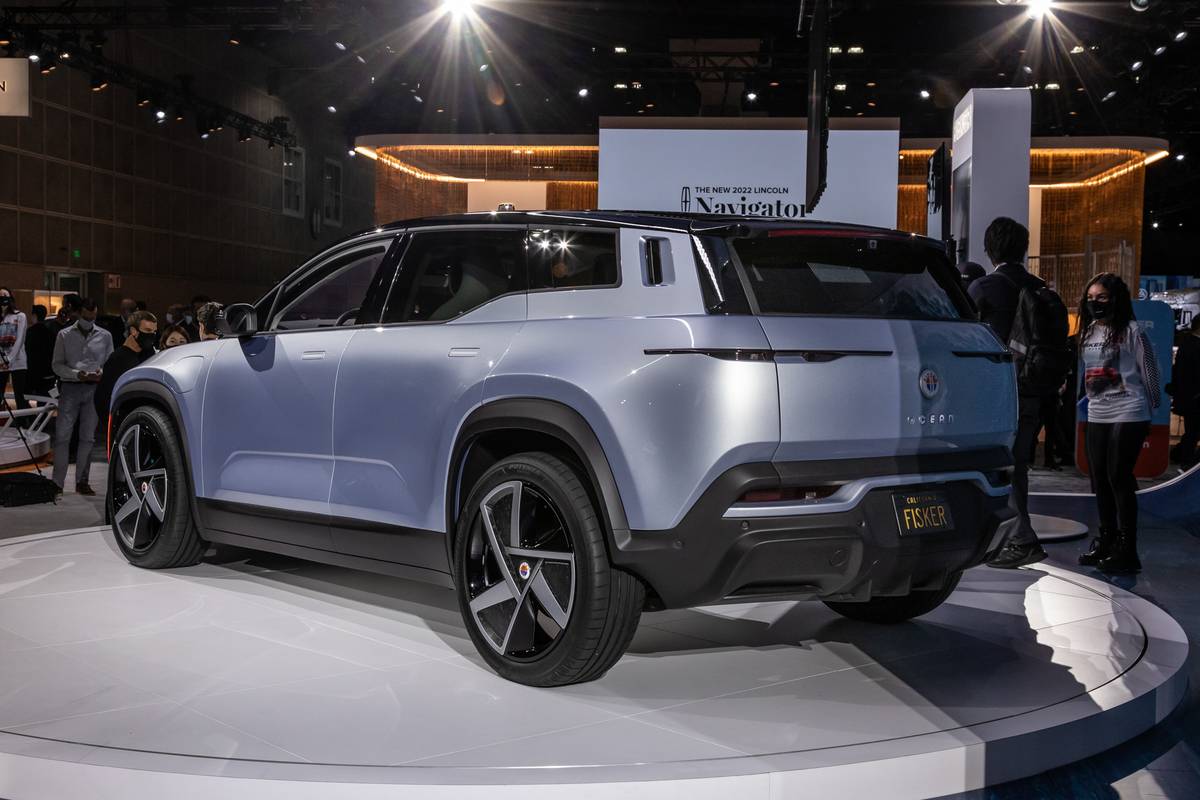
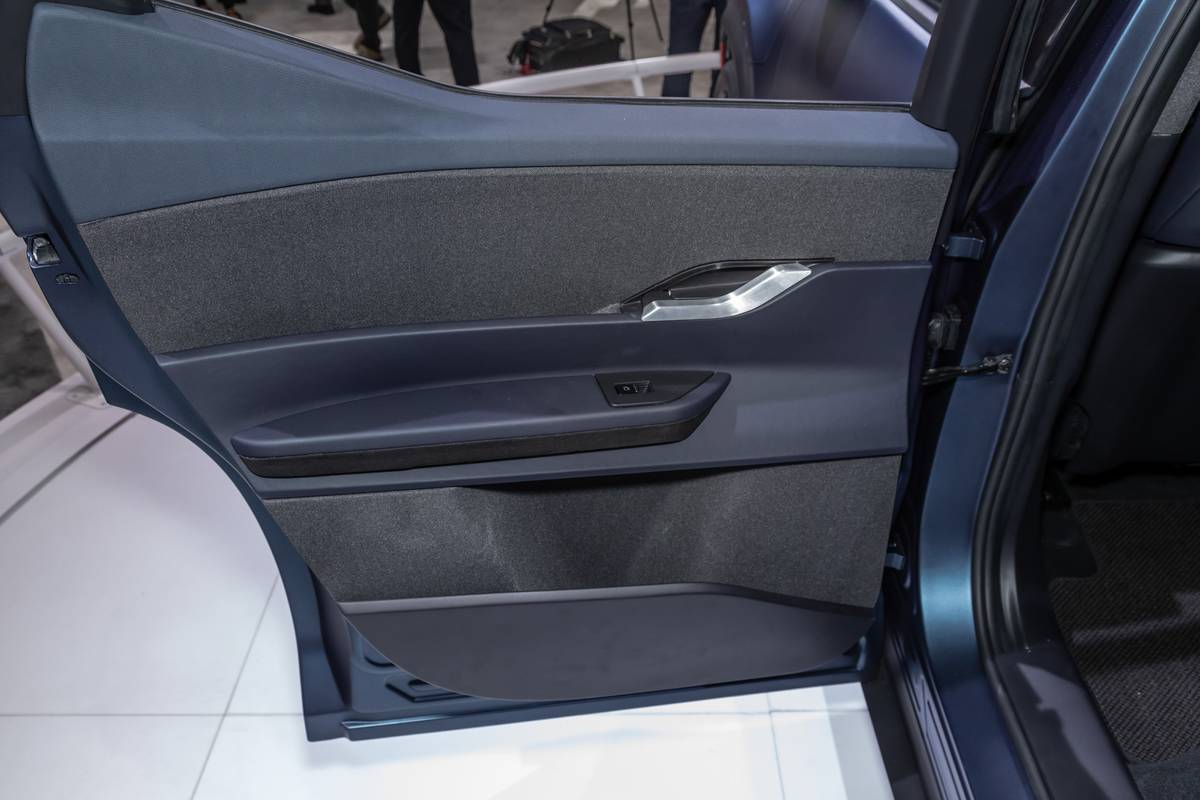
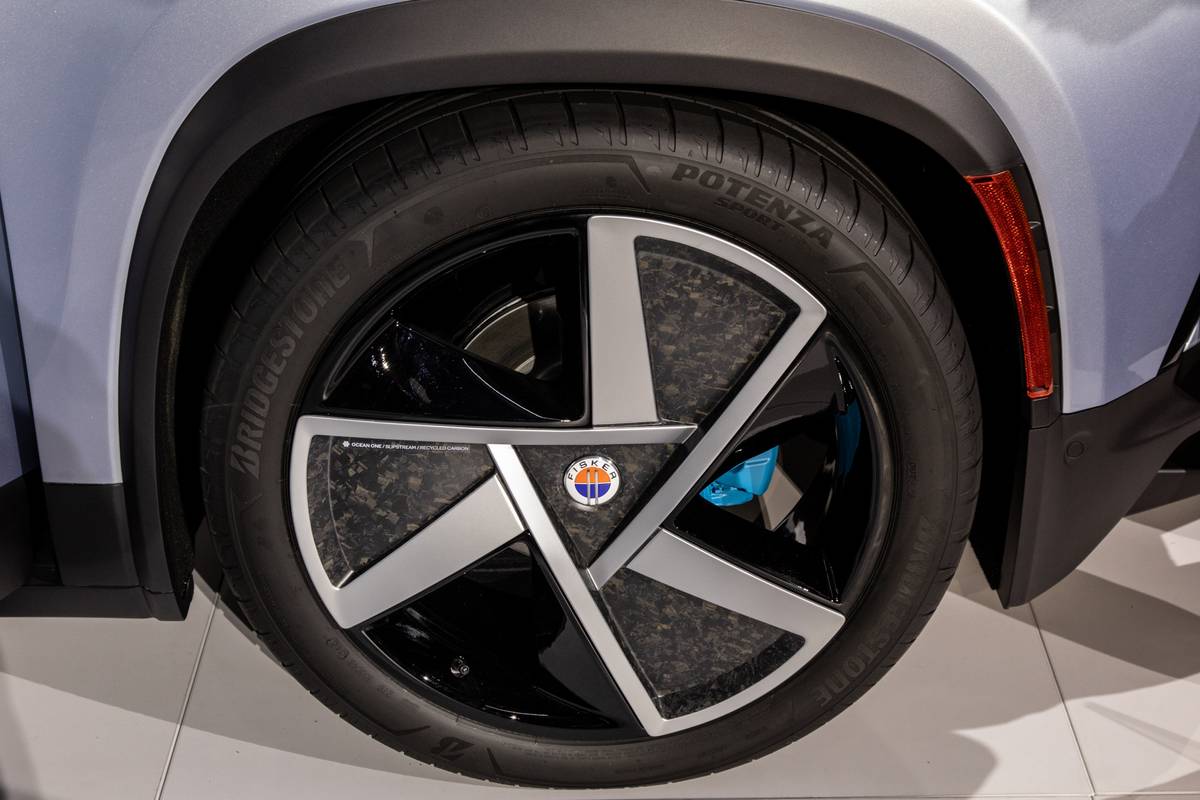
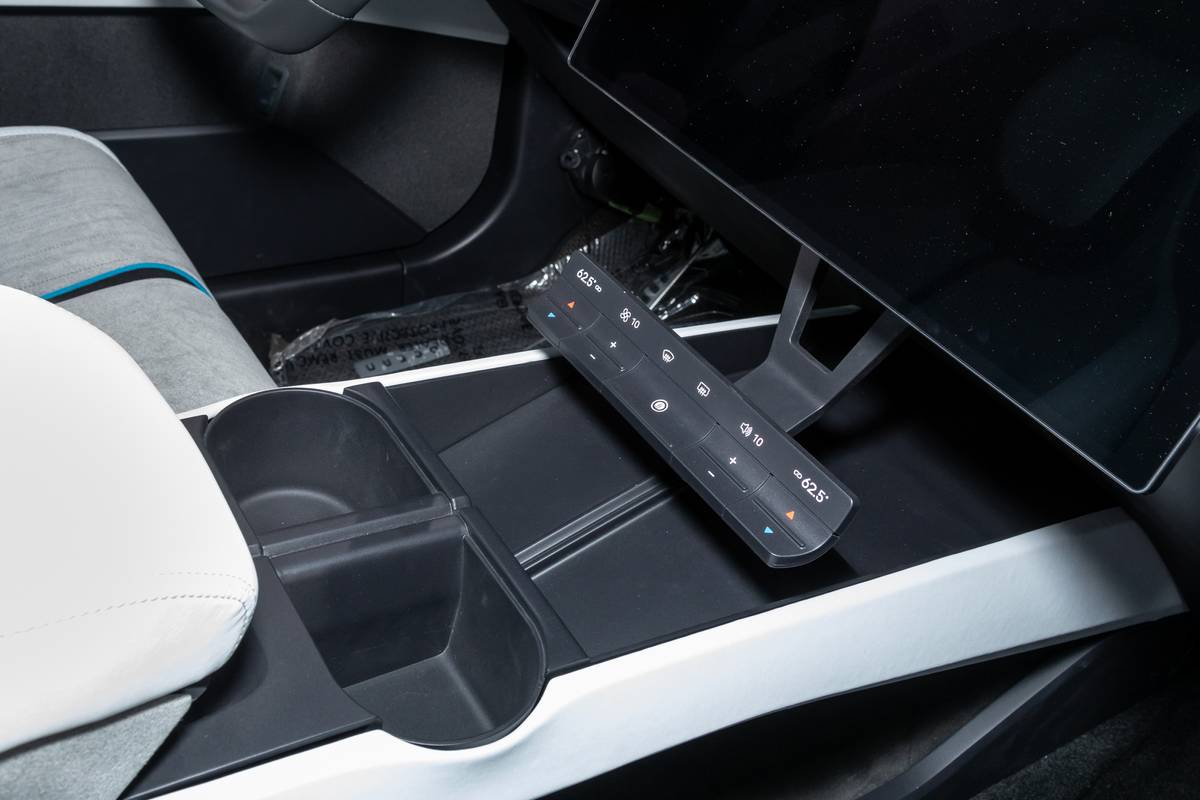


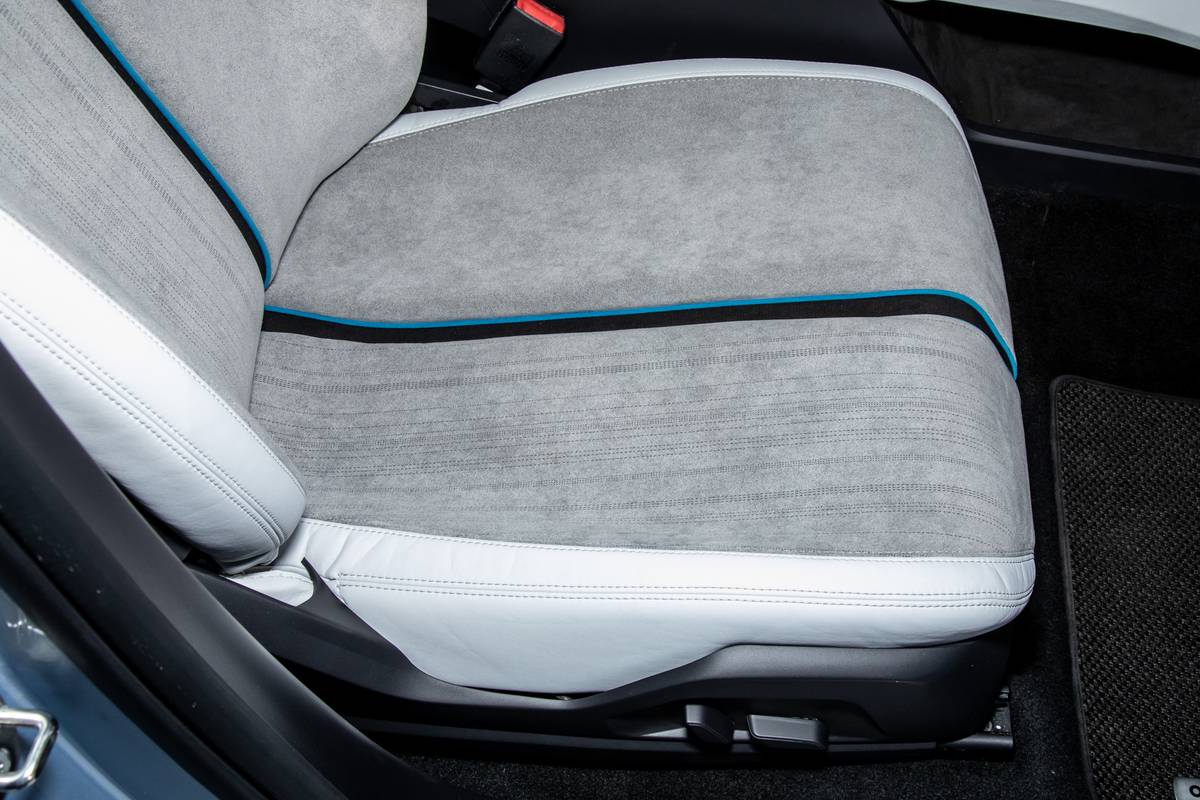
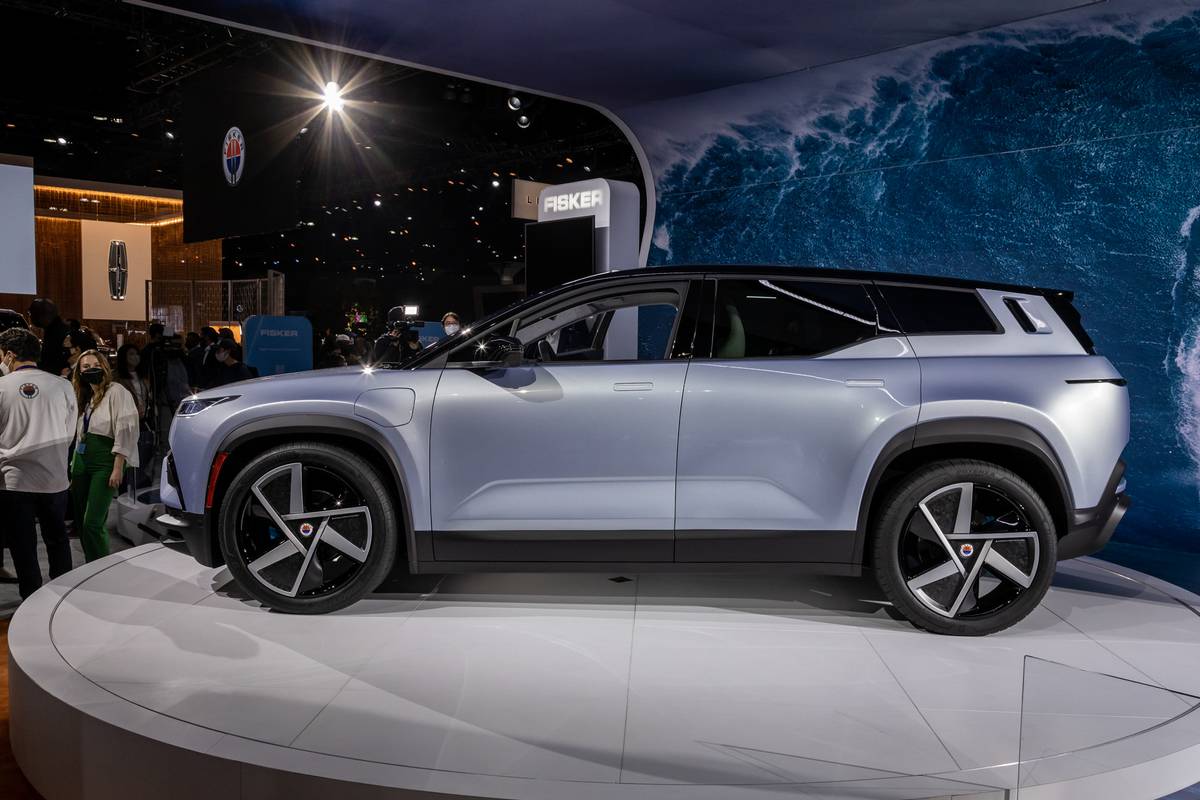
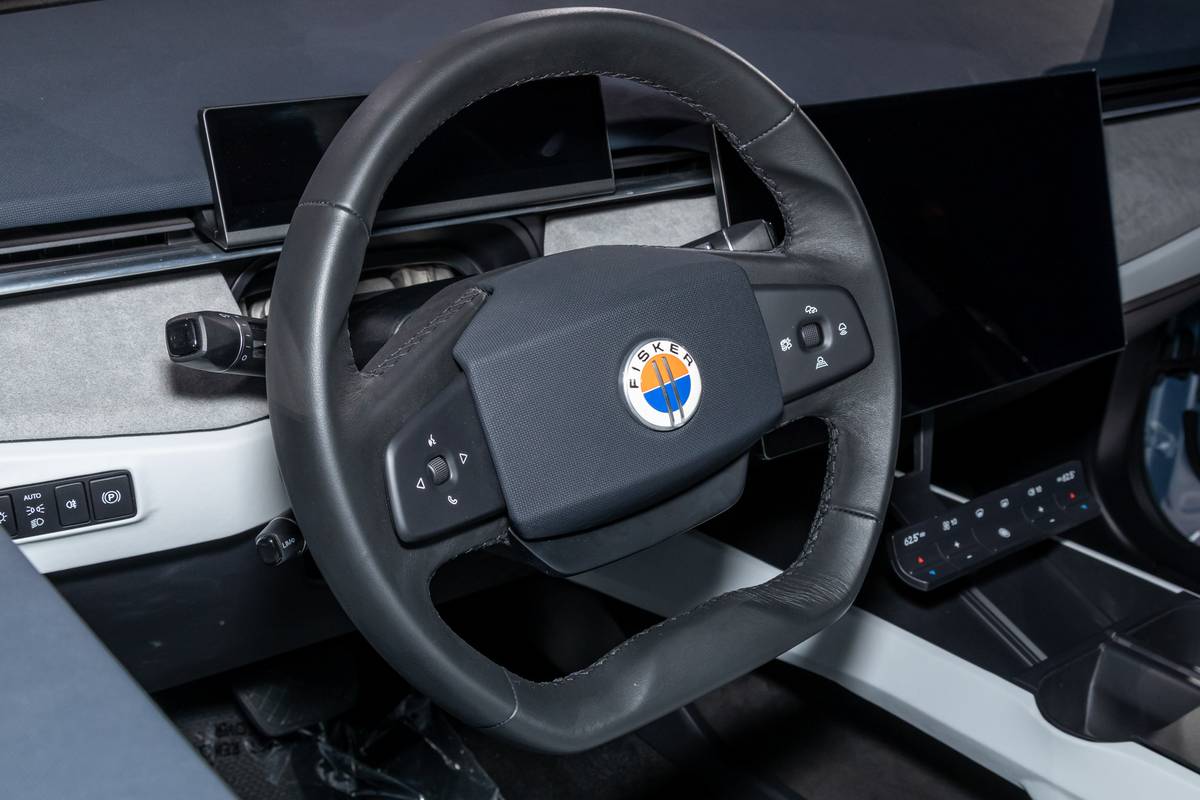
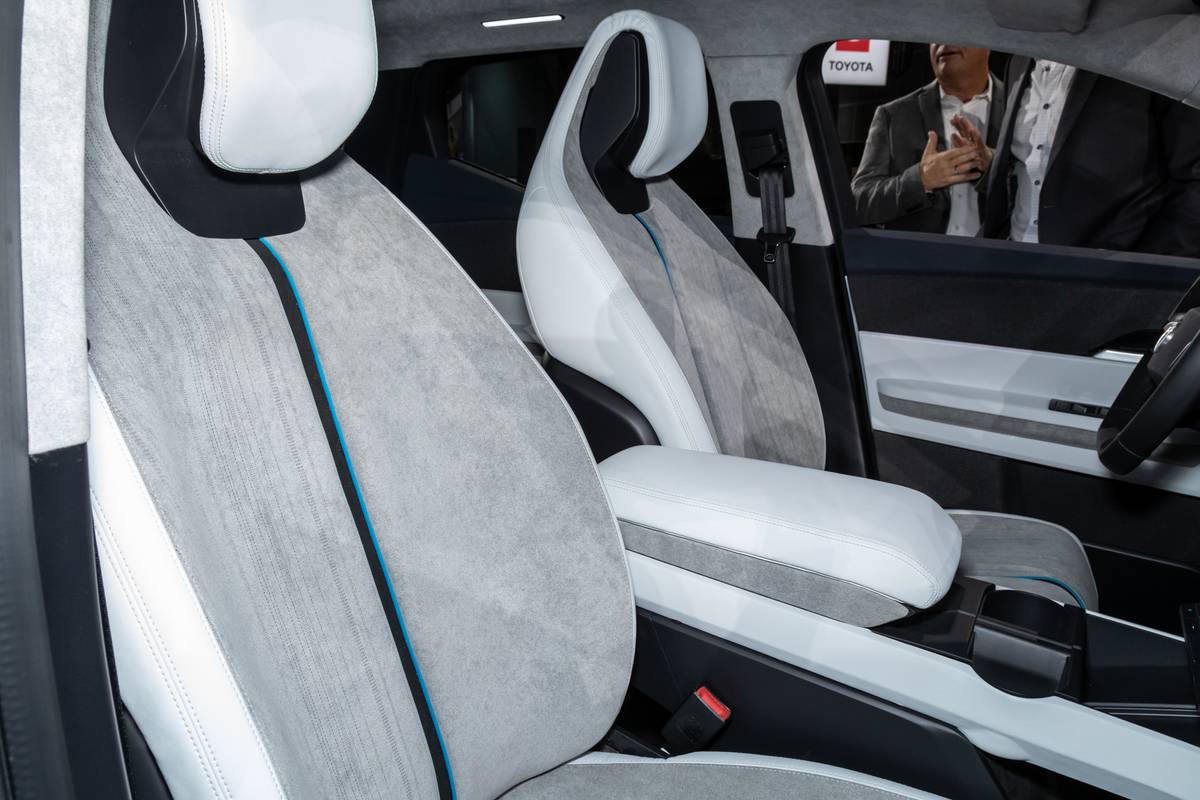
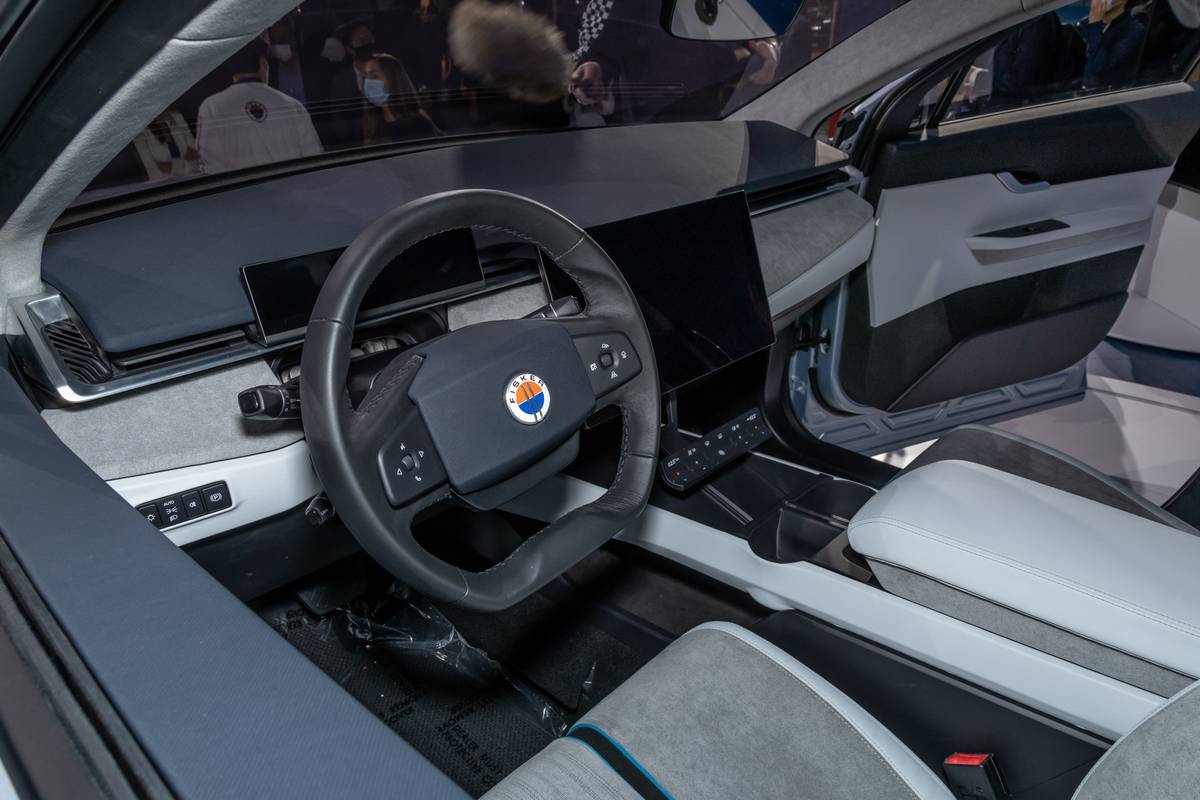
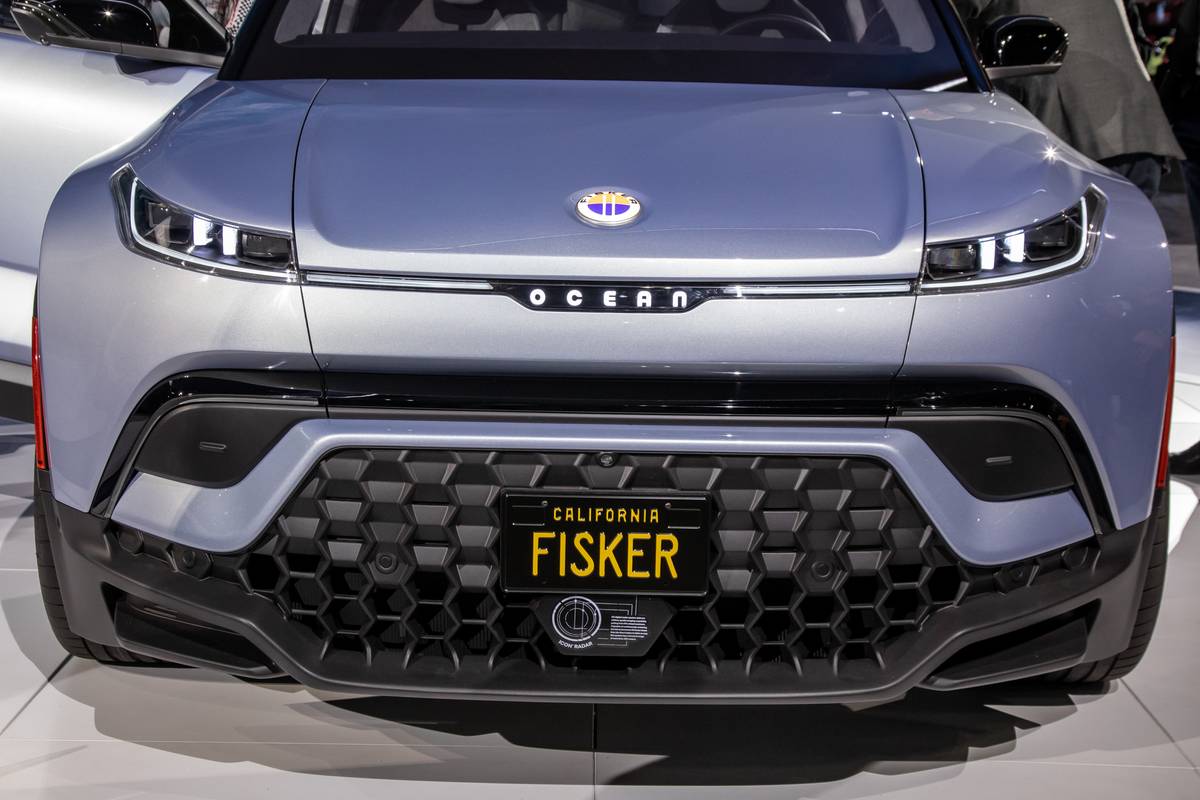
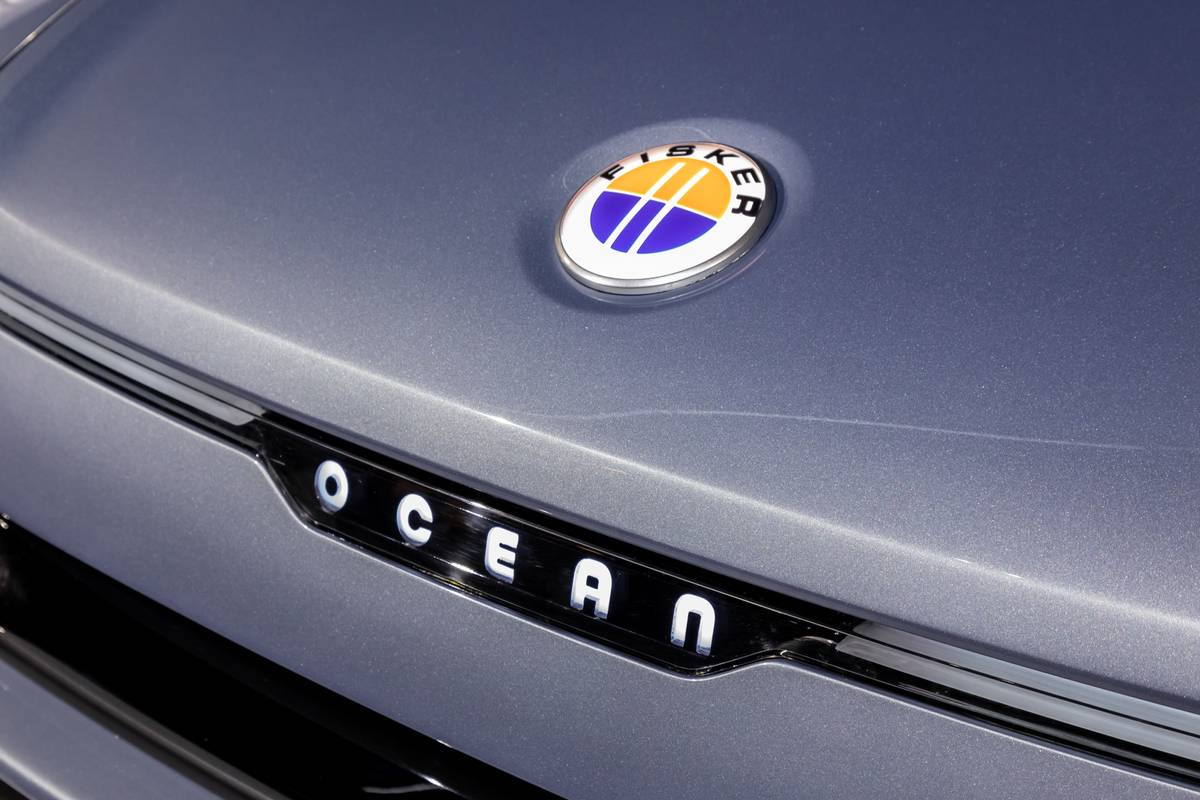

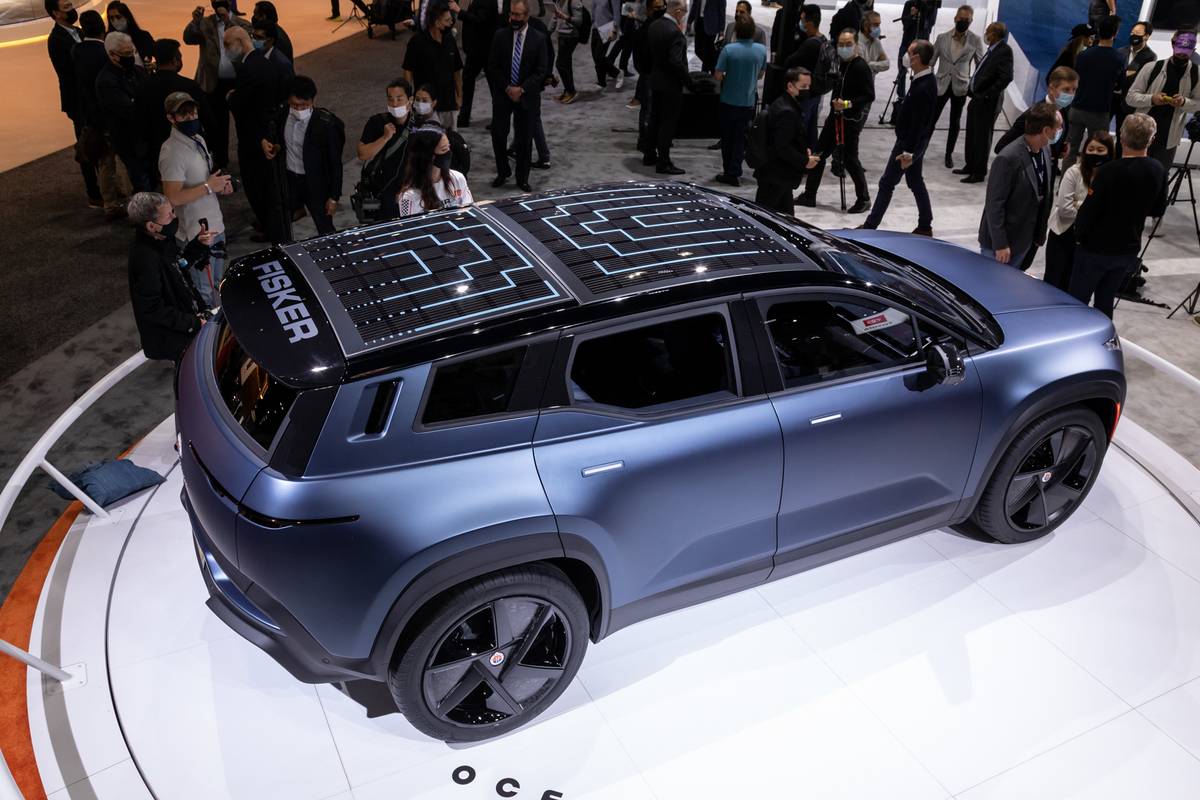
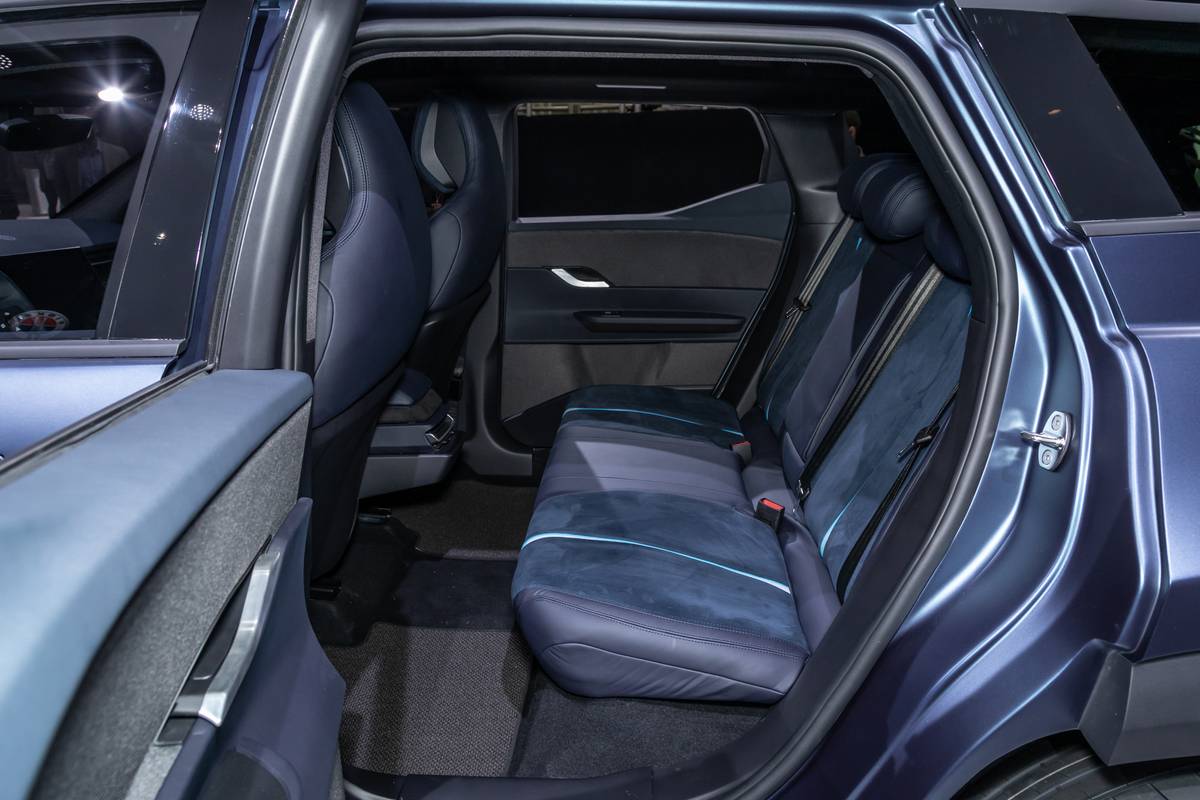
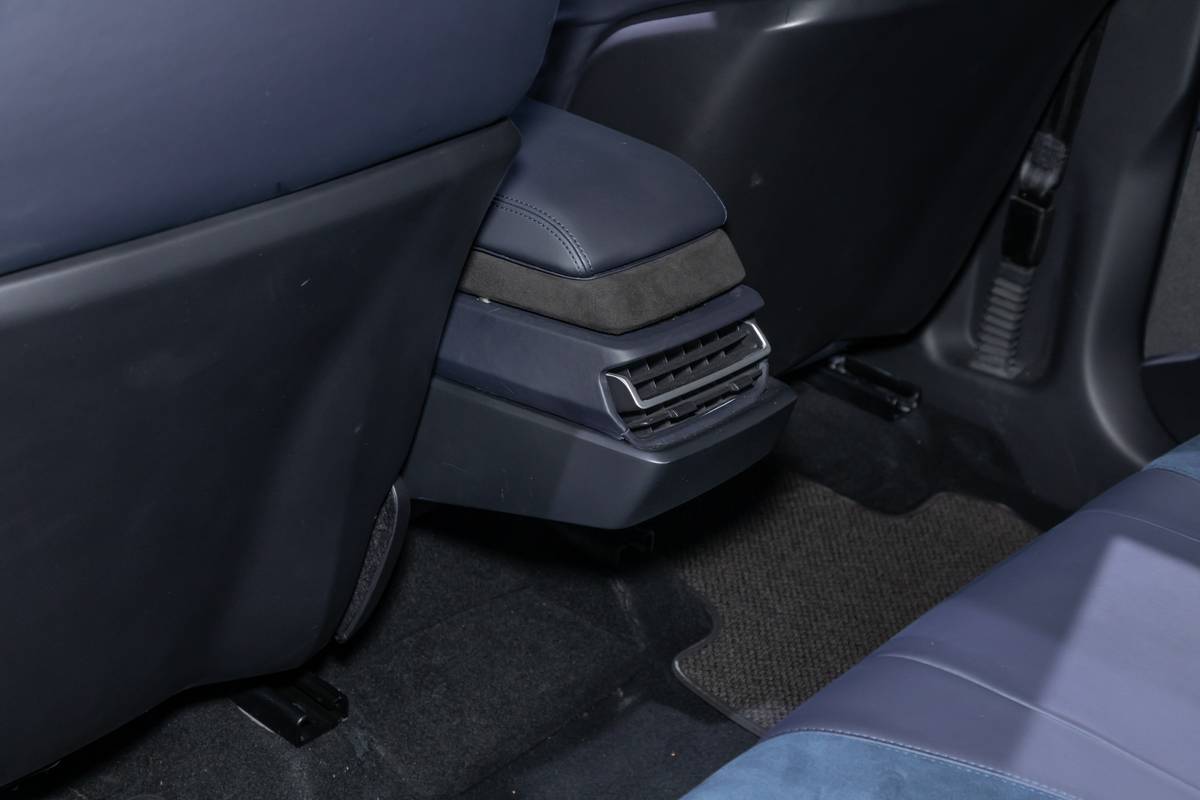






















The Fisker Ocean is instantaneously funky. It’s not as zany as a straight-up concept car, but the bumper inserts, contrast trim and other styling elements seem a tad busy, especially against the bar-of-soap minimalism offered by Teslas and other electric vehicles. Tidy proportions and short overhangs give the SUV a sort of Land Rover Range Rover Evoque look with what looks to be atrocious rear visibility. Fortunately, officials at the 2021 Los Angeles Auto Show, where we got our first up-close look, confirmed the Ocean will have a camera-based rearview mirror, which should be all but required in cars like this.
Related: More 2021 L.A. Auto Show Coverage
Inside, the upholstery mixes all manner of recycled materials (among them T-shirts, carpet and fishing line, officials told me) in a sort of vegan, composite textile. The center console has an open, skeletal design beneath the rotating 17.1-inch touchscreen that flips between landscape and portrait orientation. It offers plenty of storage space, but an open-floor design without a prominent center console — something offered in other electrified cars, from erstwhile years of the Tesla Model S to the BMW i3 — could’ve offered true space to leave a purse or small bag, minivan-style. It’s a missed opportunity.
Speaking of console, I’m glad to see a separated pod of buttons for the climate controls; that’s the sort of thing many automakers would just as well throw into a touchscreen submenu, a step backward for ease of use. Separating them is a step in the right direction. Officials confirmed the Ocean will have a driver-facing camera, a feature included in any car with hands-free steering to ensure driver attention. Despite all you may have read, there’s no production vehicle on the road right now that can drive itself while you text or sleep; even the most advanced driver-assist features require attention. It wasn’t immediately clear if the Ocean’s driver-assist tech would include hands-free capability, but the feature set would seem to ensure it at least could at some point down the road.
Oh, and another cool feature? The solar roof. Automakers like Toyota and Hyundai have implemented such technology before, with effectiveness ranging from minimal (the prior-gen Toyota Prius’ available solar roof helped run cabin ventilation) to still pretty minor (the Hyundai Sonata Hybrid’s solar roof adds a purported 2 miles of range per day for the gas-electric drivetrain). Comparisons to the all-electric Ocean aren’t exactly apples-to-apples, but the roof can add some 4 to 5 miles per day if you park outside, I was told. Myriad factors affect that — among them sunlight levels and your battery levels during solar charging — but the feature is a nice, feel-good addition.
More From Cars.com:
- Fisker Ocean SUV Joins Wave of Tesla Fighters
- Get Plugged Into Cars.com’s Guide for the EV Curious
- We Bought a 2021 Tesla Model Y
- Subaru Solterra All-Electric SUV Debuts in Japan, Bound for U.S.
- $1 Trillion U.S. Infrastructure Bill: 3 Ways It Impacts Drivers
- 2023 Toyota bZ4X: Toyota’s First All-Electric Vehicle Officially Revealed
Related Video:
Cars.com’s Editorial department is your source for automotive news and reviews. In line with Cars.com’s long-standing ethics policy, editors and reviewers don’t accept gifts or free trips from automakers. The Editorial department is independent of Cars.com’s advertising, sales and sponsored content departments.

Former Assistant Managing Editor-News Kelsey Mays likes quality, reliability, safety and practicality. But he also likes a fair price.
Featured stories
